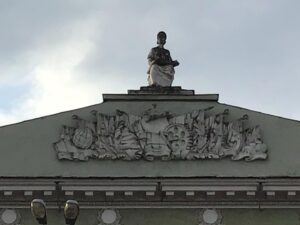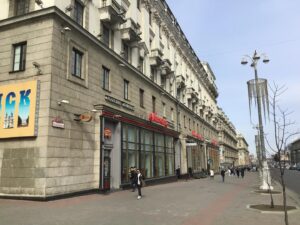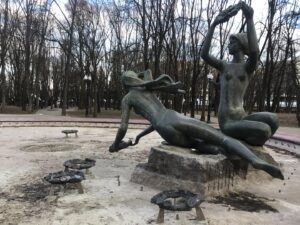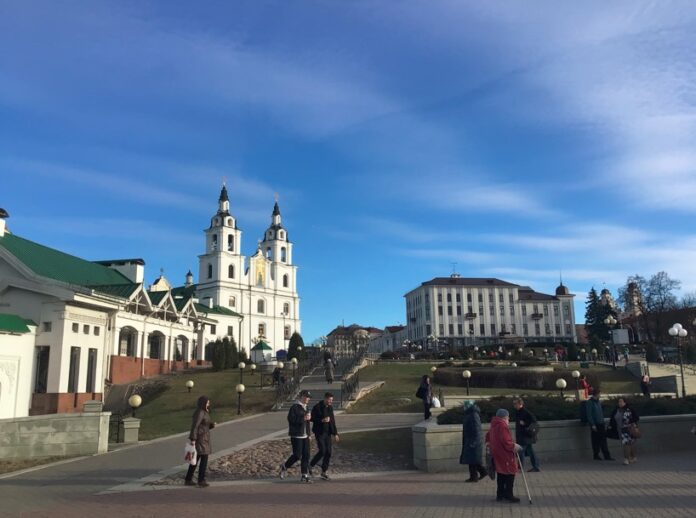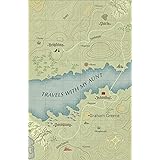© Photos and Text by Okay Deprem http://www.northtravel.org/
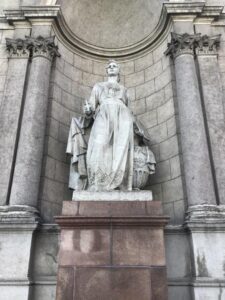
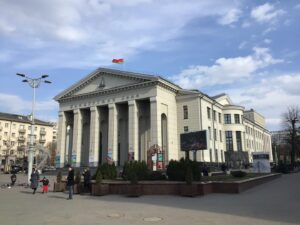
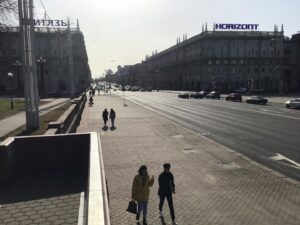
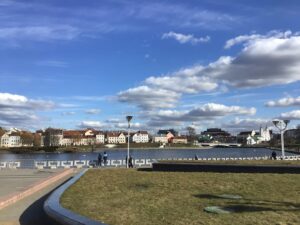
Belarus, also known as “Belarus”, is one of the countries that should be taken very seriously among the touristic destinations not far from Turkey. Although they are relatively expensive, the mutual flights between Istanbul and Minsk for many years were not enough to provide enough attention to this very special country of the north and its capital city.
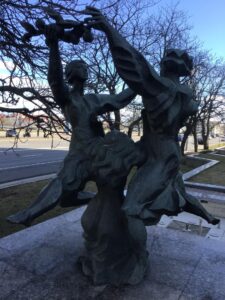
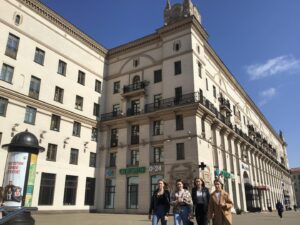
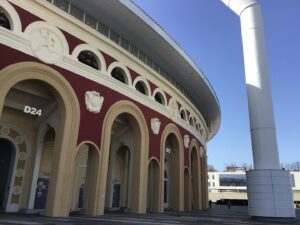
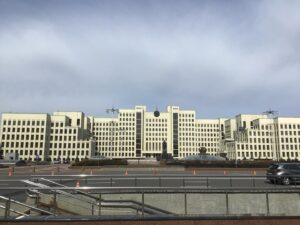
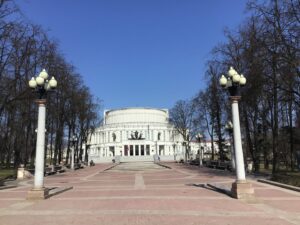
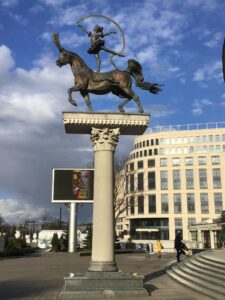
However, from the moment you step into Minsk, the capital of Belarus, a new and white travel page will be opened for you, where you will have to forget all your memories up to that time. While it is very easy to get an idea about Minsk, at least in general, by accessing many photos of the city with the main keywords in Google images, there are still countless and relative prejudices about the city, as many people are too lazy to even do this or they don’t really think about it. Though negative opinions continue to predominate, Minsk does not deserve any of them…
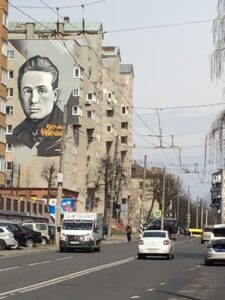
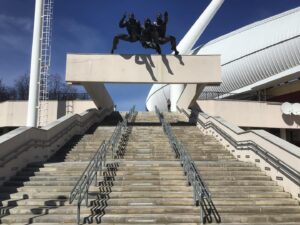
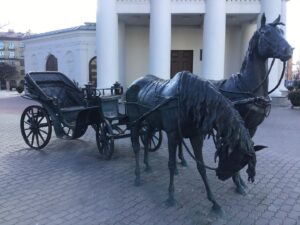
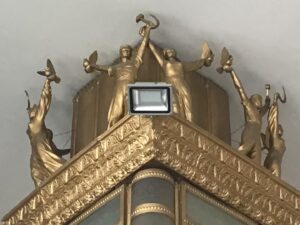
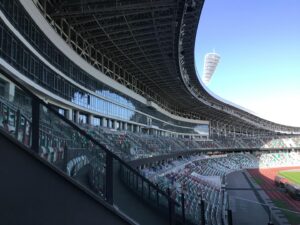
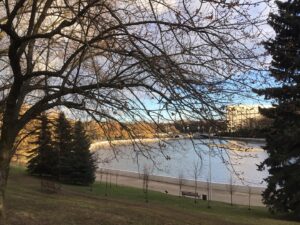
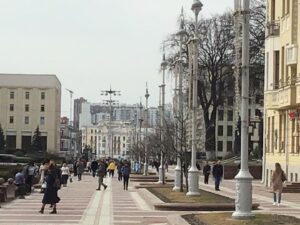
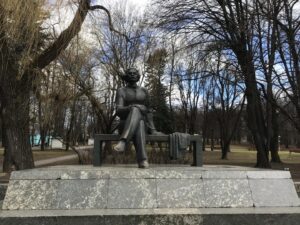
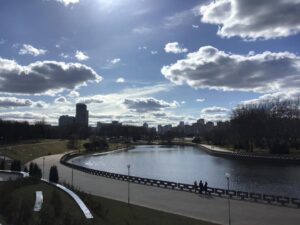
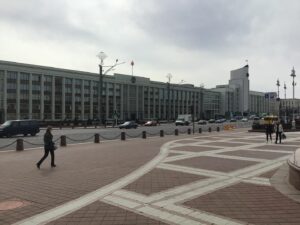
Minsk is already a candidate to surprise you from the airport and precisely in this context; obviously, there are not many settlements where the gap between your previous imaginations and the positive view that will welcome you in the city is so clear. As soon as you leave the airport with its unique architecture, the highway between the very lush and old pine forests will accompany you straight to the city center. From the places you start to approach the city, the first situation that is impossible not to attract your attention; The kind of traffic you are used to is definitely not in Minsk. Even though its residents have a different opinion on this subject. After leaving the huge national library, which is said to have 13 million books, on your left, you enter the Independence Street, where beautiful architectural buildings appear, and the periphery of the city center begins for you.
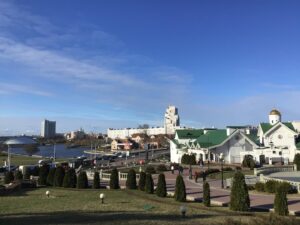
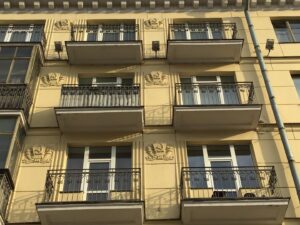
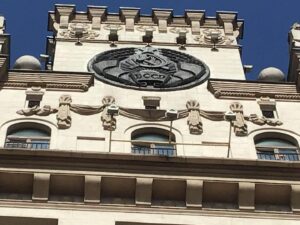
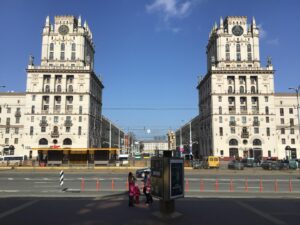
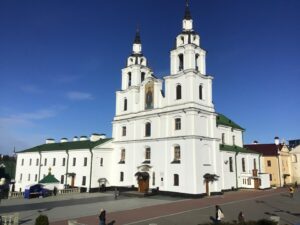
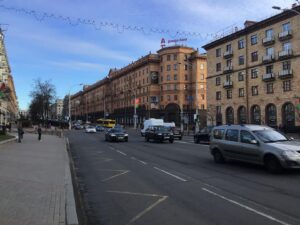
“Nezalejnosti Avenue” is a very long artery and it covers the city center and its surroundings almost from one end to the other. Moreover, the most beautiful architectural examples of the city’s masterpiece buildings are located on the aforementioned avenue, on the street running parallel to it, or on the roads that intersect it. Don’t be fooled by the neo-classical and even neo-baroque styles of the relevant buildings, and sometimes by the cosmopolitan and eclectic synthesis of other major architectural movements of the 19th century, because almost all of them were built during the Second World War. These are buildings that were built after World War II, especially in the second half of the 1940s and the first half of the 50s.
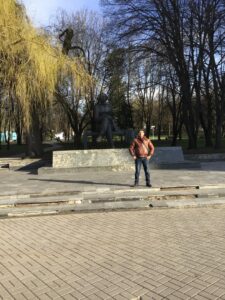
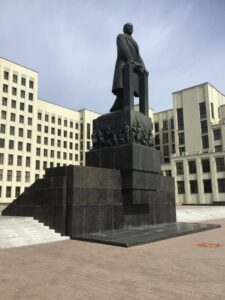
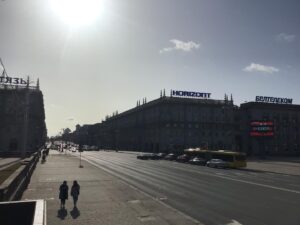
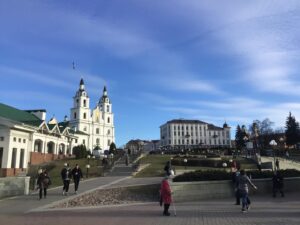
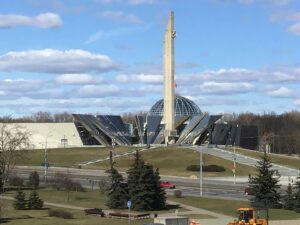
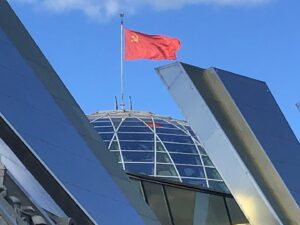
This architectural style, which you will often encounter in centers such as Moscow, Kiev and Kharkov, is of course the famous historical style that some call socialist-constructivist architecture and others call “Stalinist-victory architecture”. However, there is one thing that is certain; It is hard to believe that these buildings, which usually go up to 4 – 5 or 6 – 7 floors, are extremely bulky, which often brings the same building to spread on a single parcel, and you can naturally observe the different facades of the relevant building on a single street and two separate streets.
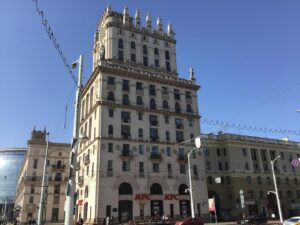
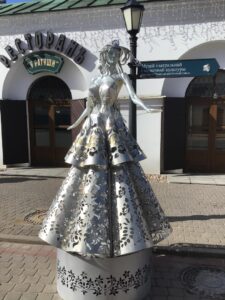
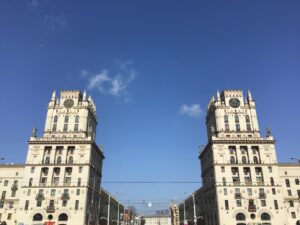
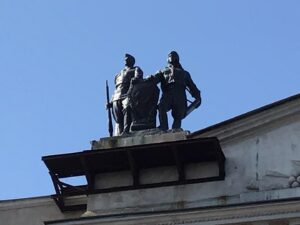
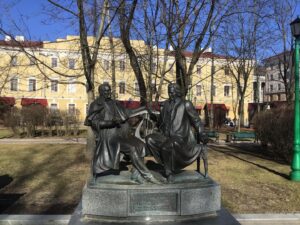
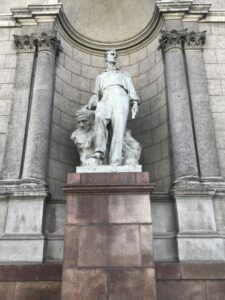
You finally reached the place where the train station building is located, on the street with a width of four by four lanes. Although the new train station building is built with a modernist architecture, it also has aesthetic features that are more or less appealing, aside from bothering the eyes. As soon as you step outside with the station behind you, that’s when you feel that you have stepped into the city, because this time there is a magnificent array of neo-gothic style buildings, which is called the ‘gate of the city’ and is considered the pinnacle of the architecture of the Stalin era.
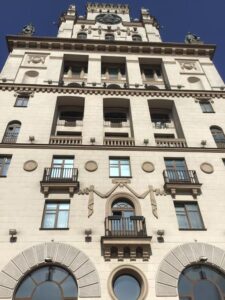
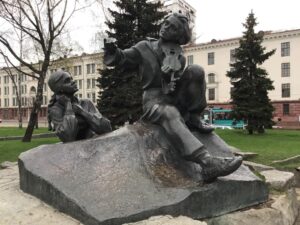
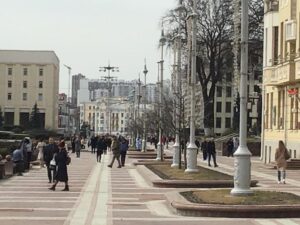
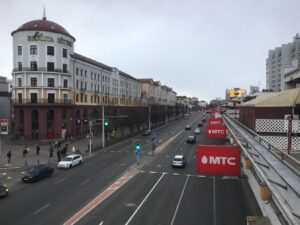
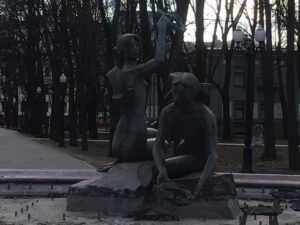
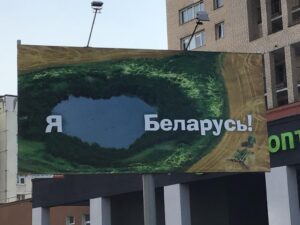
From here, the city, which spreads over a very wide area, extends towards several axes. One of them is Karl Marks Street, which stretches between Kirov Street and the Independence “Prospect”. Here, a series of colorful, low-rise buildings that are quite harmonious with each other greet you, which is evident in every state that almost all of them have undergone very intense and successful restoration and renovation work. On the other hand, when you try to proceed from another parallel axis, Myasnikova and Namiga Streets will converge this time and together you reach the district called “Namiga”, which is undoubtedly the most popular district of Minsk. Especially from the intersection of the aforementioned trendy avenue and Victorious Street, all the main districts of the city, indisputably the most vibrant and heart-throbbed, can be reached very quickly, even within walking distance…
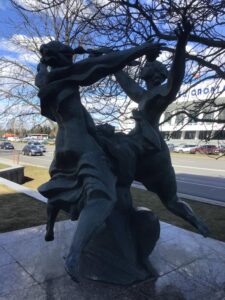
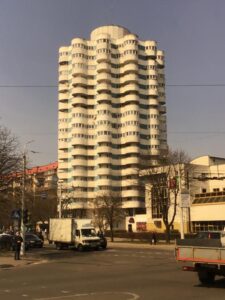
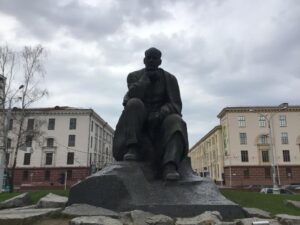
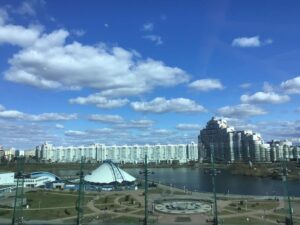
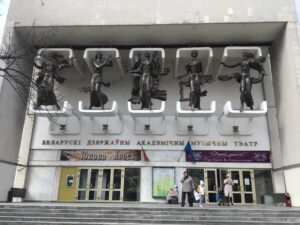
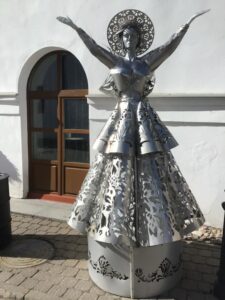
Among the natural elements that characterize the landscape of Namiga and its surroundings, Svisloc is the only river in Minsk. Svisloc is such a river that it traverses an entire city, combined with its highly curved and winding structure, and a huge green urban fabric emerges, consisting of countless, measureless and endless parks and gardens surrounding it from both sides.
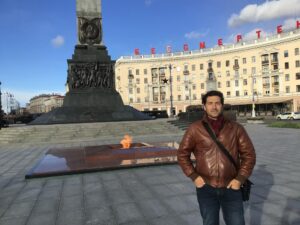
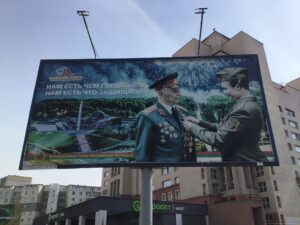
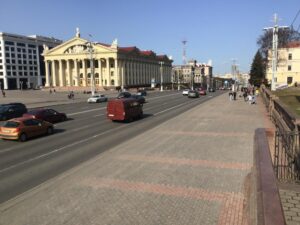
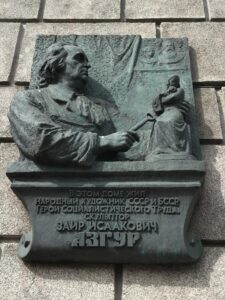
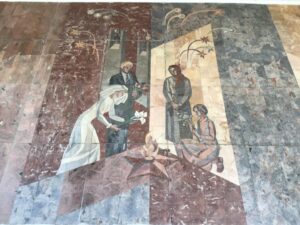
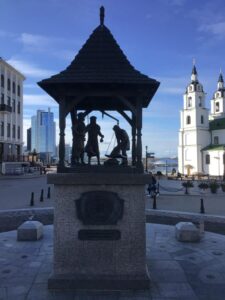
As a matter of fact, it would not be an exaggeration to say that this area corresponds to a significant proportion of the region where the city is spread. On top of that, the city administration has brought many ponds to the city by consciously and systematically expanding and regulating the bed where Svisloc flows over the decades. Komsomolskoye is the most famous of these, and it is quite possible to come across one of these large and small artificial lakes in each of the 9 districts and almost all of the tens of districts. In addition, around these mini lakes are huge, extremely modern facilities that accommodate almost all kinds of sports, which are very large and will respond more than the population of the surrounding settlements.
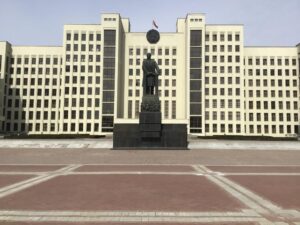
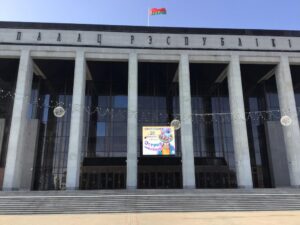
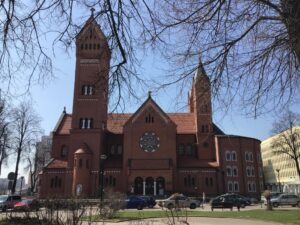
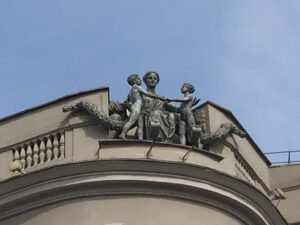
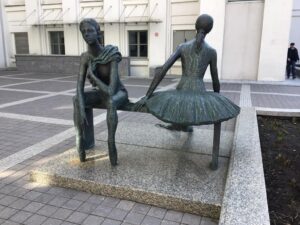
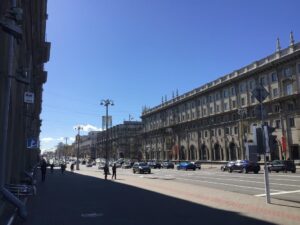
If we go back to Namiga; by ascending the long and wide stairs in the direction of the old city from here, you enter a completely “different facet of Minsk”, and from here on, you are in a zone that is no different from the centuries-old texture of any historical European city. It will truly give you an indescribable pleasure to wander among the pure white examples of civil and religious architecture, all of which have been reconstructed in accordance with their originals, while walking around this oldest district of the capital, which is not very large, but not very modest in size. From here, you can go down to Zubitskaya Street, the places where the heart of the youth of the city beats, and hang out in the most popular bars and cafes of Minsk, or even come across the open-air dance parties organized here in fine weather.
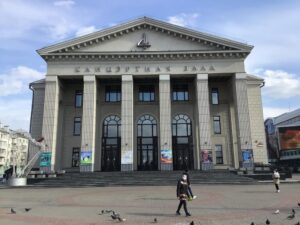
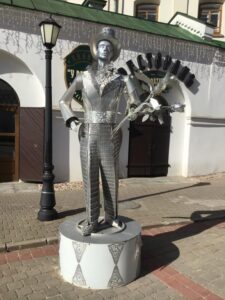
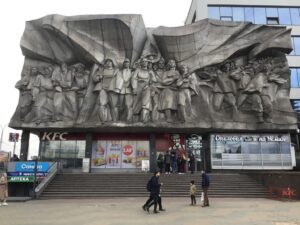
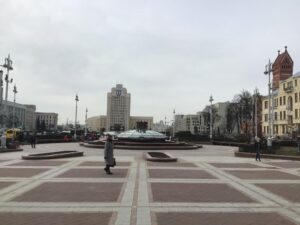
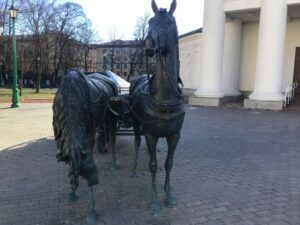
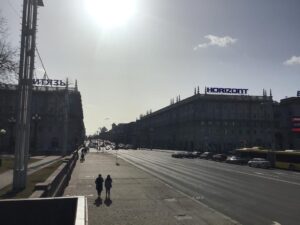
From the historical core of Minsk, the options do not end and two very different hiking routes await you. The first of these; Going over Prospekt Pobediteley (Victorious Street) and seeing the swaying left buildings, parks and museums, and countless monuments and sculptures around them. Especially after passing the sports palace on the right, the park, which flows on opposite shores of the pond, is true if it is said that the most frequented place of the capital is a promenade and recreation area.

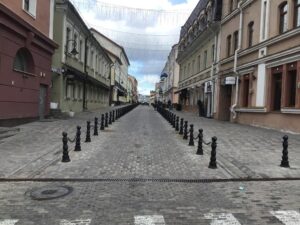
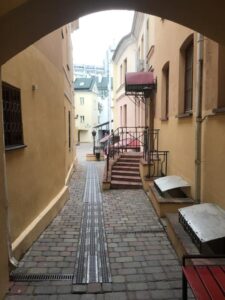
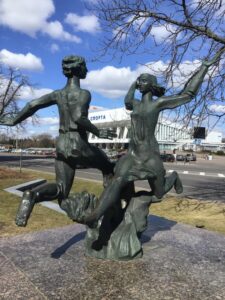
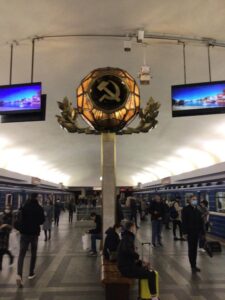
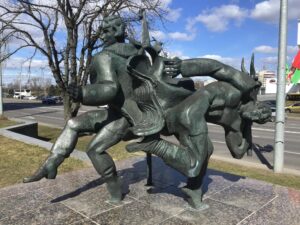
Especially after the “Park Pavilion” (Victory Park) started, the museum of the Great Patriotic War (1941 – 1945) in its new huge ultra-modern building, which gives the park its name, contains so rich and important inventory that enthusiasts can spend a whole day. The green cover of the park, which continues from the shores of the lake to the north as if it will never end, is almost no different from a forest, and it is not even sincere that you come across dozens of birds and animals such as squirrels living in their natural fauna on every corner.
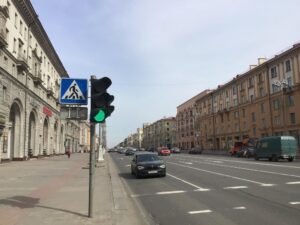
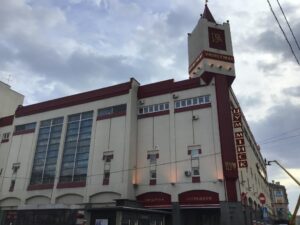
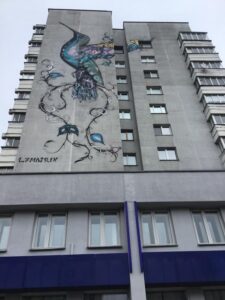
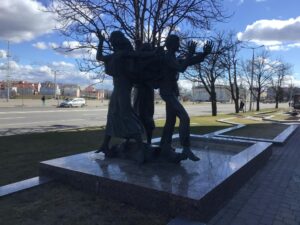
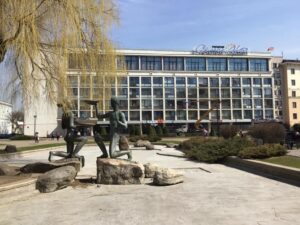
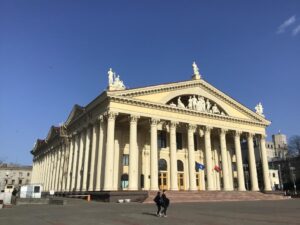
If you choose to continue on “Maksim Bagdanovic” Street from Namiga, the Minsk State Opera and Ballet Theater building (1938) welcomes you on the right arm with its very different, almost unique architecture. Of course, showing up in the middle of the park, which is full of large scale and many sculptures and monuments surrounding it.
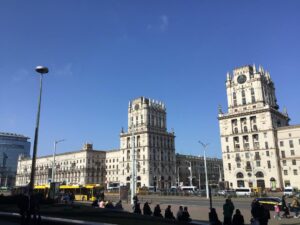
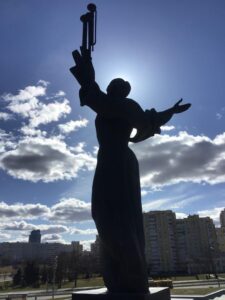
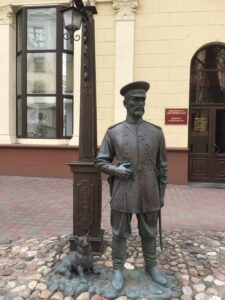
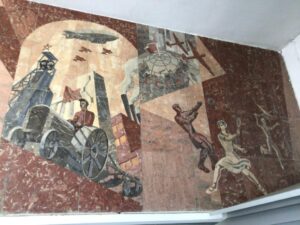
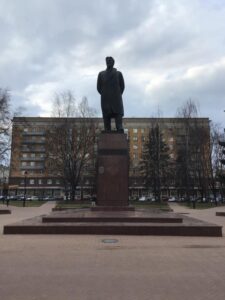
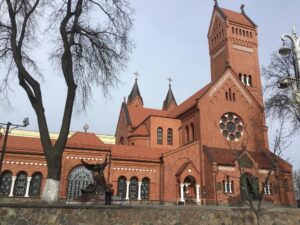
From this point on, this park begins to flow as an uninterrupted, lush promenade for kilometers up to “Smolensk Street”, merging with successive city parks such as “Yanki Kupala” and “Gorkiy Park”. The famous recreational children’s park “Gorki” is the place where you can reach the park, which is decorated by the magnificent monument of the famous Belarusian poet and dramaturg Yanki Kupala, either through the street or, preferably, by passing along the promenade under it. The park, which includes many different types of sports and entertainment activities from the ice skating complex to the planetarium and the small amusement park, is a favorite of Minsk especially on weekends.
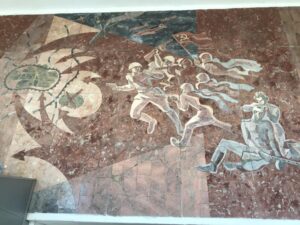
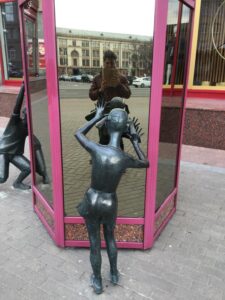
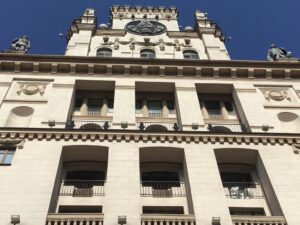
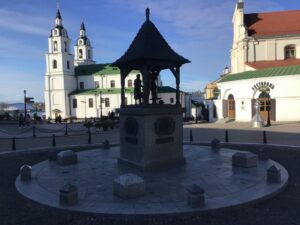
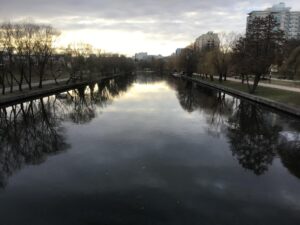
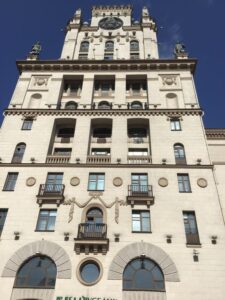
As soon as we turn back to “Independence Street” from here, we notice the rather imposing building of the city museum, which is still under construction. Just before that, of course, you are faced with the circus building, which is one of the addresses of another Russian / Soviet and Post-Soviet classical tradition. Completed in the early 1960s, the Minsk State Circus is a masterpiece in the truest sense of the word, with its architecture, size, landscaping and colorful sculptural compositions surrounding it.
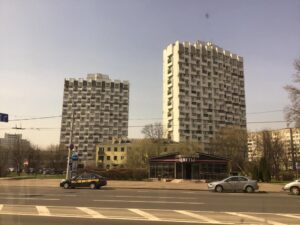
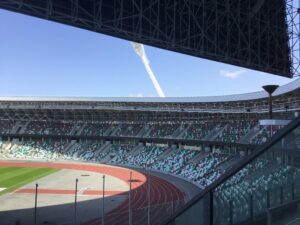
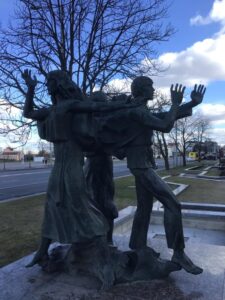
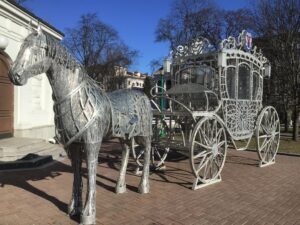
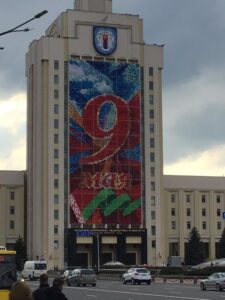
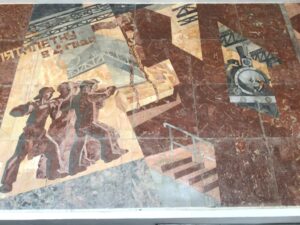
A little ahead of the street, where the vase decorations on the left and right give its color, you arrive at one of the most important squares and also the crossroads: “Victory Square”. Underneath, a uniquely designed permanent exhibition pavilion awaits you. Just above the current exhibition on the years of occupation in the Second World War, in the middle of the navel, there is a high obelisk surrounded by reliefs, and monumental pedestals extending on both fronts in front of it, with “endless fire” in front of it.
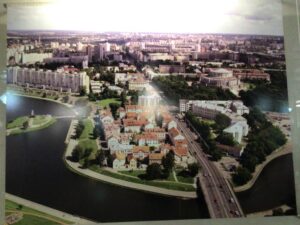
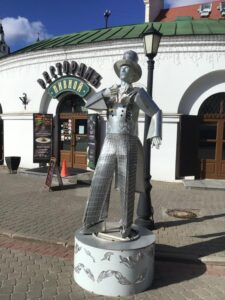
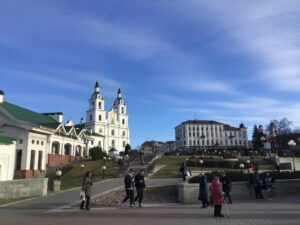
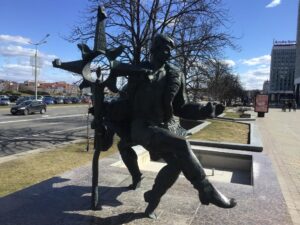
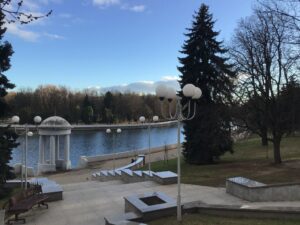
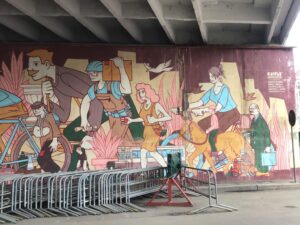
Minsk is truly a city of museums. In this city, it is possible to come across a museum and an exhibition hall on every subject you can think of.
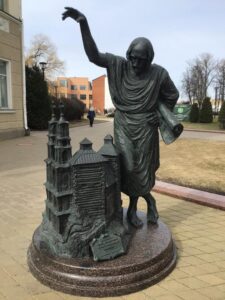
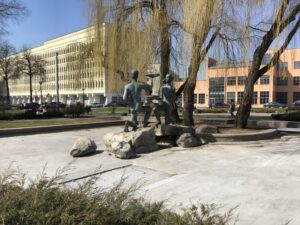
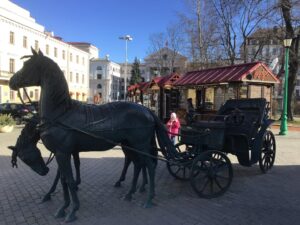
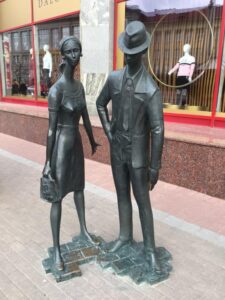
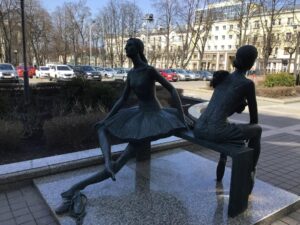
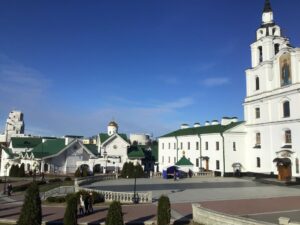
Ahead along the street, the ornate building of the philharmonic orchestra, the “Yakup Kolas” Square, named after another national and Soviet literary scholar; The State Universal Store (GUM), Sports Palace, Academy of Sciences and countless more elegant and uniquely designed structures are waiting for you, molded from the Soviet era, with the exterior of which has been beautifully modernized and renovated.
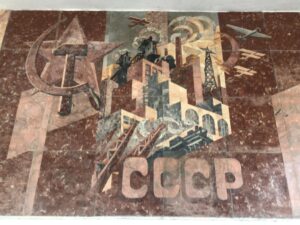
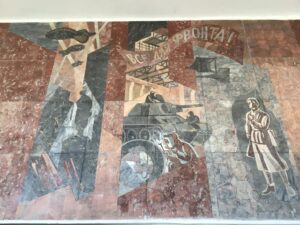
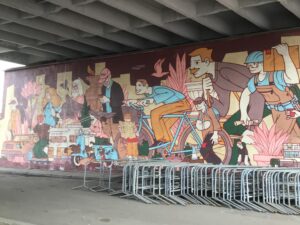
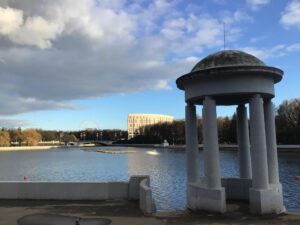
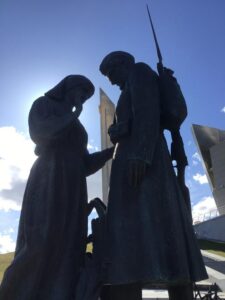
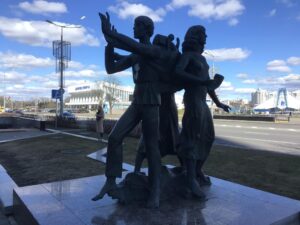
And towards the very end, there is the “Celyuskintsev Park”, the largest and most popular in the city, which also houses the botanical garden. Countless sculptures and recreation objects are waiting for you in this park, which is entered from three different places, under a long, high column and arc series. On the other side of the street is the statue of the Soviet statesman Kalinin. It should be noted that Soviet-era names are mostly preserved in Minsk.
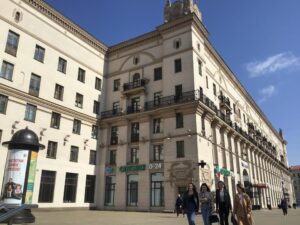
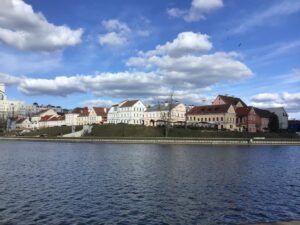
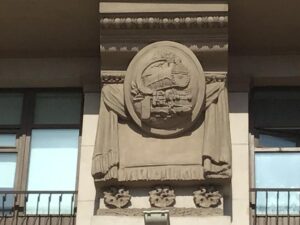
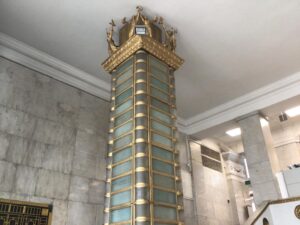
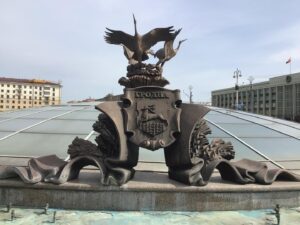
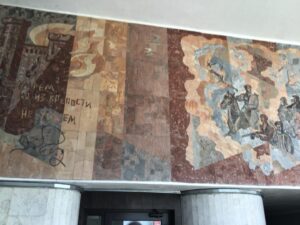
From here, you take the Elektrobus (electric bus without a fixed line), one of the fixtures of the city’s very systematic and regular transportation infrastructure, and turn back and get off at October Square. This is another central corner of the city in itself.
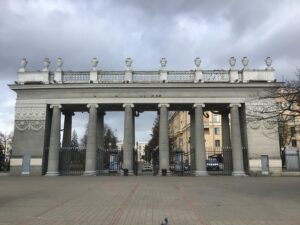
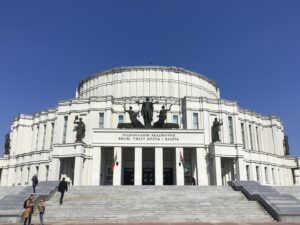
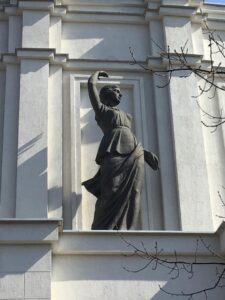
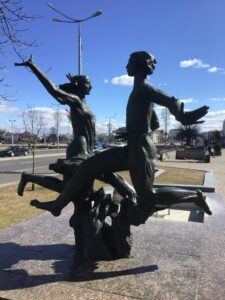
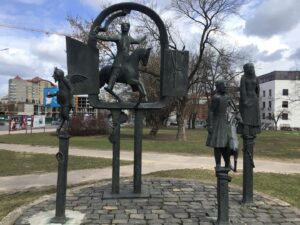
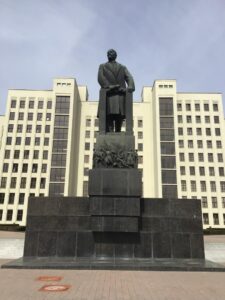
Opposite is the Palace of the Republic, where important local and international political and cultural events are held, on the other side is “Aleksandr Skveri” (meaning a small park), and next to it, “Kupala Drama Theater” dated to 1890, “Belarusian Army Theater” and again at a point not far away. There is a puppet theatre.
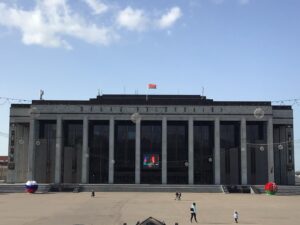
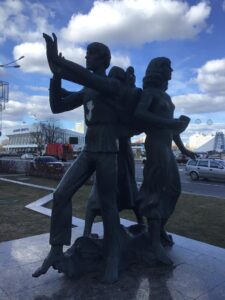
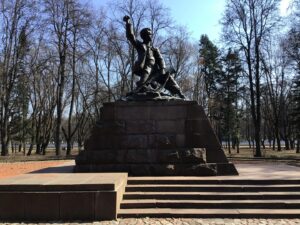
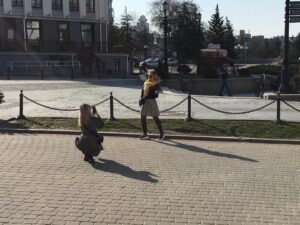
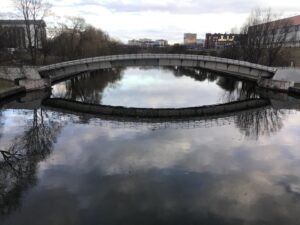
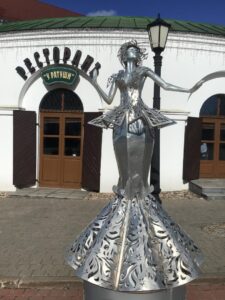
Yes, Minsk is also a true open-air museum and cultural capital where very specific theaters appear in every theme, without exception.
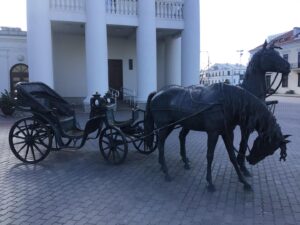
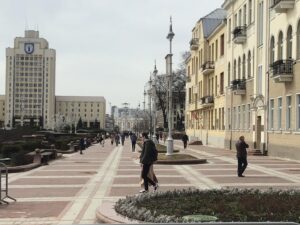
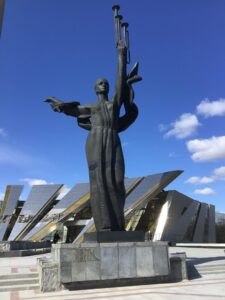
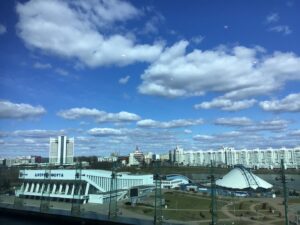
If you want to break all the memories in your mind, we are waiting for you to Minsk as soon as possible…
